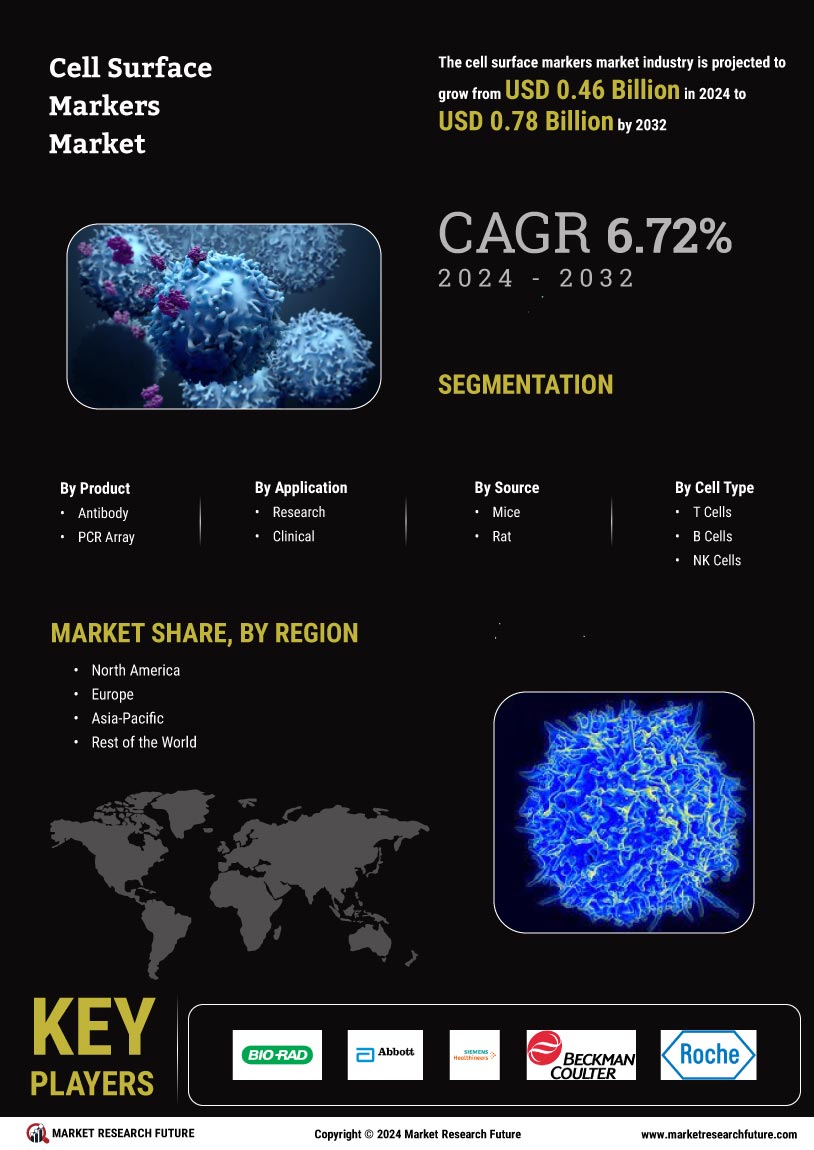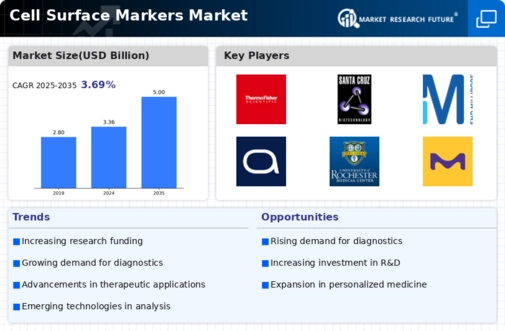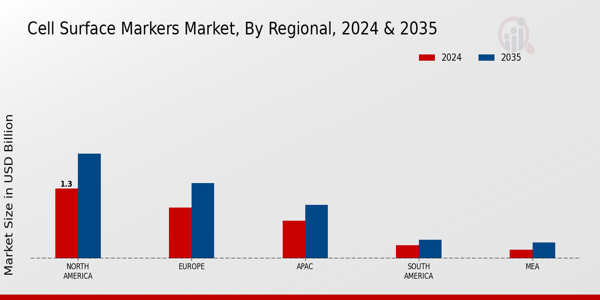The competitive landscape of the Global Cell Surface Markers Market showcases a dynamic environment shaped by ongoing advancements in both technology and scientific understanding. This market is characterized by the increasing demand for cell-based therapies and diagnostics, which hinge on the functionalities provided by cell surface markers.
As researchers and healthcare professionals seek enhanced tools for immunology, oncology, and other clinical applications, companies within this sector are vying to innovate and offer superior products. Key players are focusing on strategic collaborations, product launches, and expansions to consolidate their market positions, each striving to address specific needs within research and clinical settings.
As the market evolves, a thorough understanding of competitors’ offerings, strengths, and regional market presence is essential for stakeholders looking to navigate the complexities of the cell surface markers industry.
BD stands out in the Global Cell Surface Markers Market with a strong reputation built on its extensive portfolio of advanced imaging and cell analysis solutions. The company is renowned for its cutting-edge technology and the high quality of its reagents, which cater to both research and clinical applications in cell biology.
BD's strengths lie in its robust global presence and comprehensive product offerings, allowing it to effectively reach diverse customer bases. Additionally, BD has a well-established distribution network that enhances its market penetration, ensuring that its innovations are accessible to researchers and clinicians worldwide.
The company has invested significantly in research and development, further solidifying its leadership position by staying ahead of industry trends and maintaining a competitive edge through continuous innovation and improvement of its product lines.
Thermo Fisher Scientific also plays a pivotal role in the Global Cell Surface Markers Market, offering a vast array of products and services tailored to the needs of researchers and healthcare providers.
The company’s commitment to innovation is reflected in its comprehensive suite of immunology and cell biology tools, which include antibodies, kits, and assays used in various applications like flow cytometry and cell sorting. Thermo Fisher Scientific has a strong global presence, partnering with institutions and organizations to drive research and clinical initiatives forward.
The company has demonstrated growth through strategic mergers and acquisitions, enhancing its capabilities and expanding its product range.
By continuously developing its technology and expanding its operational reach, Thermo Fisher Scientific has established itself as a key player in the market, evidenced by its rich product offerings and a broad customer base that spans across multiple regional markets globally.























